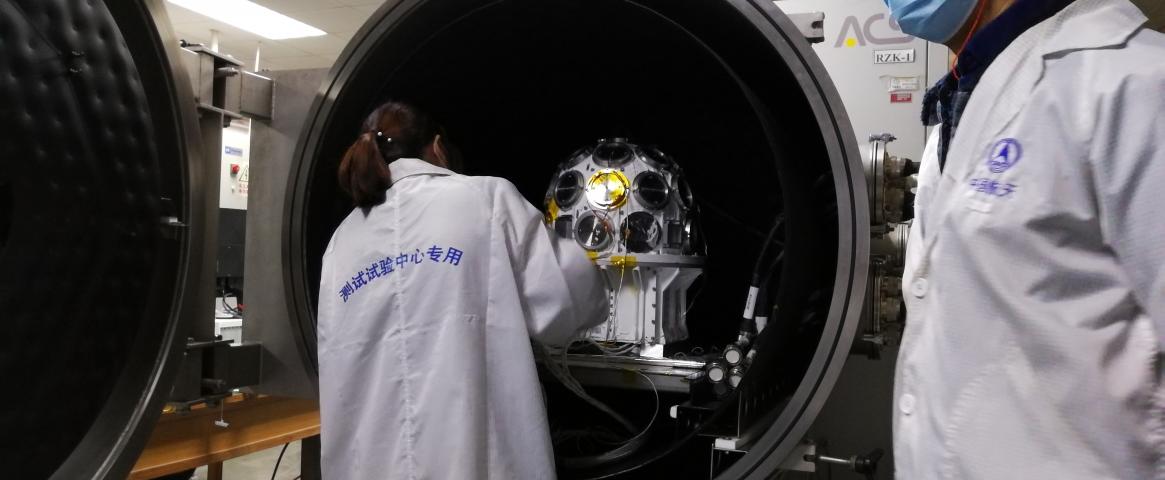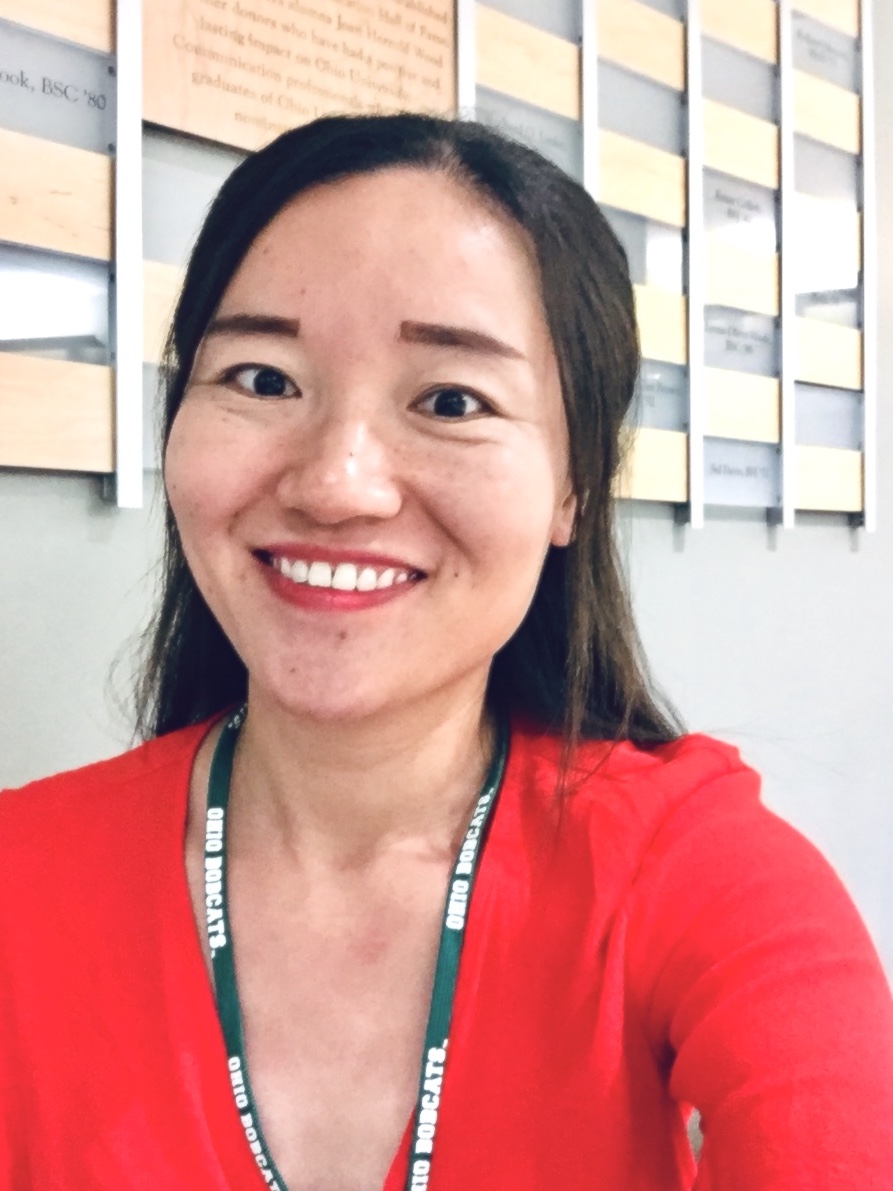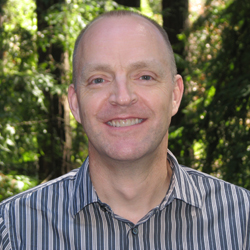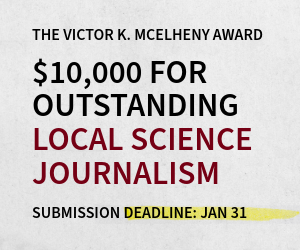Physicists in China are beginning to return to the lab following the COVID-19 pandemic, but many of their projects face delays
By Ling Xin
This story was published in the August 2020 issue of Physics World (U.K.).
A few days after the Chinese New Year in late January, physicist Huiqian Luo from the Institute of Physics, Chinese Academy of Sciences, flew to Australia. He was traveling to a neutron source in Sydney where he was set to study a novel iron-based superconductor. Luo planned to arrive early so that he could prepare the experiment at the facility before his students joined. Just as Luo was embarking, a previously unknown and highly contagious coronavirus was spreading in the Chinese city of Wuhan. About 160 people had already died and hundreds of new cases were being confirmed every day in already overwhelmed local hospitals. Despite a strict lockdown in Wuhan, the infections worsened so quickly that many countries started to issue travel bans against visitors from mainland China.
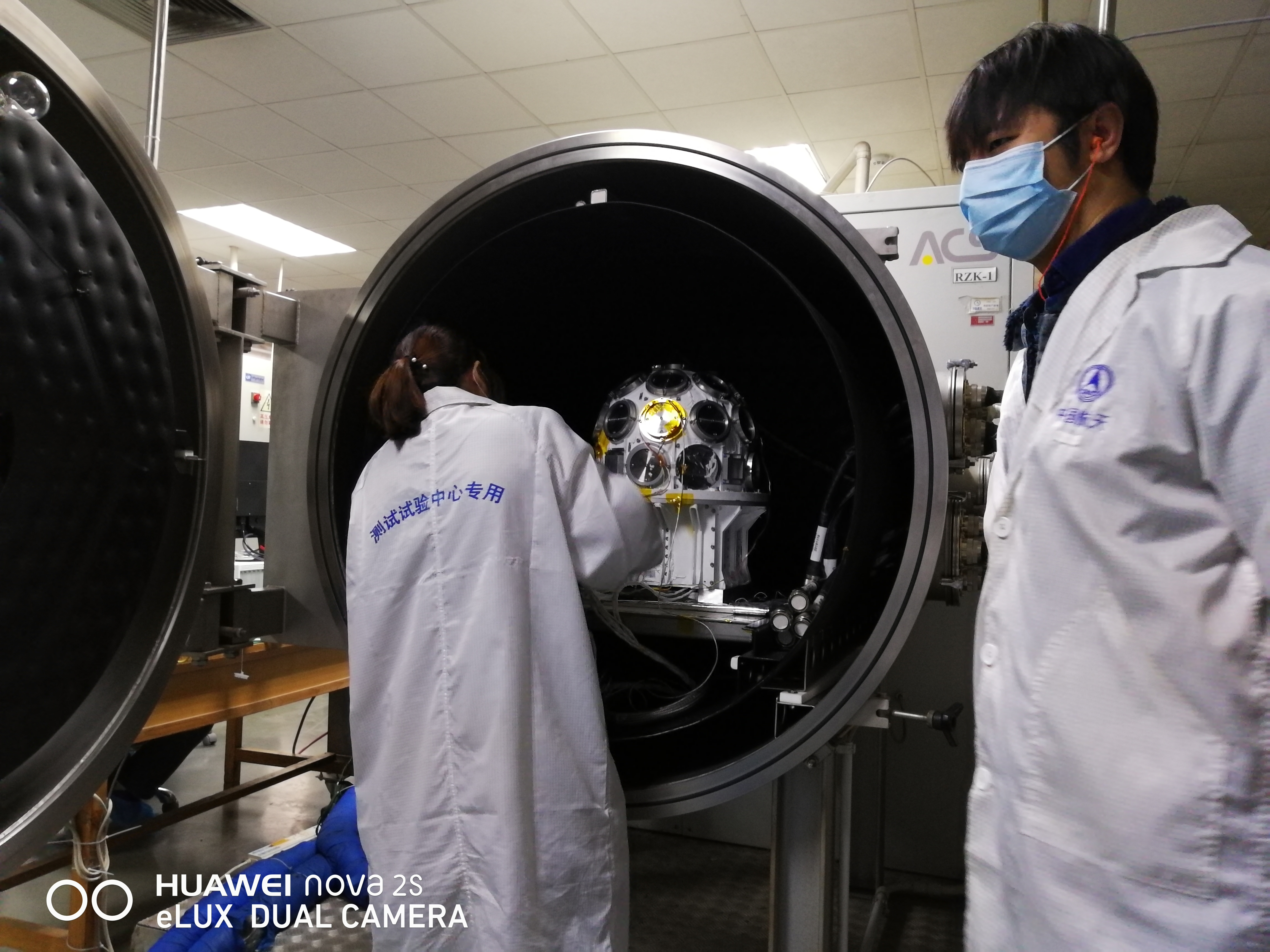
Luo arrived in Sydney on 30 January. Two days later Australia implemented a travel ban, meaning Luo had to complete the two-week-long experiment on his own. When his return flight was then cancelled Luo had to scramble to get back home, arranging a detour via Guangzhou, a city near Hong Kong. He finally made it back to Beijing on 15 February, just as the outbreak was near its peak in China. Weeks later the coronavirus had spread far and wide with many neutron facilities in Asia, Europe and the US shutting down. Only a handful have since remained open, mostly to focus on coronavirus-related research. By May, the novel coronavirus had swept the globe and claimed hundreds of thousands of lives. The restrictions had severely disrupted the work of experimental physicists like Luo. Some experiments, which often take years to plan, may now never happen.
The COVID-19 pandemic has drastically affected the work of physicists around the globe, and many countries are still struggling to battle the pandemic. China — where the virus first broke out — has kept it largely under control and has now started to return to normality, despite a few smaller outbreaks since. Indeed, researchers quickly adapted and found ways to remain productive during the lockdown. Now, as they start to get back to the new normal, they face uncertain funding delays as the country recovers.
Luo also found time to pause, ponder and draw new inspirations from past research during the lockdown. “I don’t think there will be long-term impacts on the discipline of physics as a whole, because the cycle of physics research is very long,” says Luo. “Besides, scientists around the world are adapting well to the new reality of working remotely.” Indeed, Luo's group finished writing a few manuscripts during the lockdown, including a paper based on the February experiment in Australia. He has also given several online talks that have had audiences of more than 500 people — record high attendance compared to in-person talks he had hosted at the Institute.
For others, however, the delays caused by the virus are now being felt. Astrophysicist Shaolin Xiong and his team at the Institute of High Energy Physics (IHEP), Chinese Academy of Sciences, have been working around the clock since officials lifted the original lockdown order in Beijing in late April. Xiong is the principal investigator of a space science mission called the Gravitational wave high-energy Electromagnetic Counterpart All-sky Monitor (GECAM), which is scheduled for launch by the end of the year. The GECAM mission was proposed following the first detection of gravitational waves by the US-based Laser Interferometer Gravitational-Wave Observatory (LIGO). GECAM is designed to catch gamma-ray bursts associated with gravitational wave events — such as the merger of two neutron stars — and help locate the sources with high precision. GECAM consists of two small satellites, each weighing about 150 kg, which will orbit on opposite sides of the Earth to monitor the entire sky for these extremely energetic, short-lived bursts.
Xiong says that the temporary closure of manufacturing factories during the worst phase of the outbreak in China set the team back by a month. “We’ve been working very hard to deliver our commitment to the scientific community by sending GECAM into orbit by the end of 2020,” says Xiong, adding that they plan to deliver the assembled detectors to the satellite platform by mid-July. Once the satellites are in orbit, they will work together with ground-based detectors in the US, Europe and Japan to pursue gamma-ray bursts associated with gravitational waves. Physicists say that GECAM might spot several associated events each year. “GECAM will represent one of the first new 'all sky' devices that will be able to look for associated signals, wherever a gravitational wave event occurs in the sky,” says Nobel laureate Barry Barish, who is a former LIGO director.
Challenges in sight
Compared to GECAM, some projects are facing financial and logistical uncertainties as they navigate longer timelines. Funding delays have already impacted some major physics research infrastructure under construction in China. In May, the National Development and Reform Commission notified IHEP director Yifang Wang that about half of this year’s grant for the planned High Energy Photon Source will not be given out until next year or later. That will leave a hole of 300 million yuan ($42m) in the contract for construction of the facility that is being built on the outskirts of Beijing.
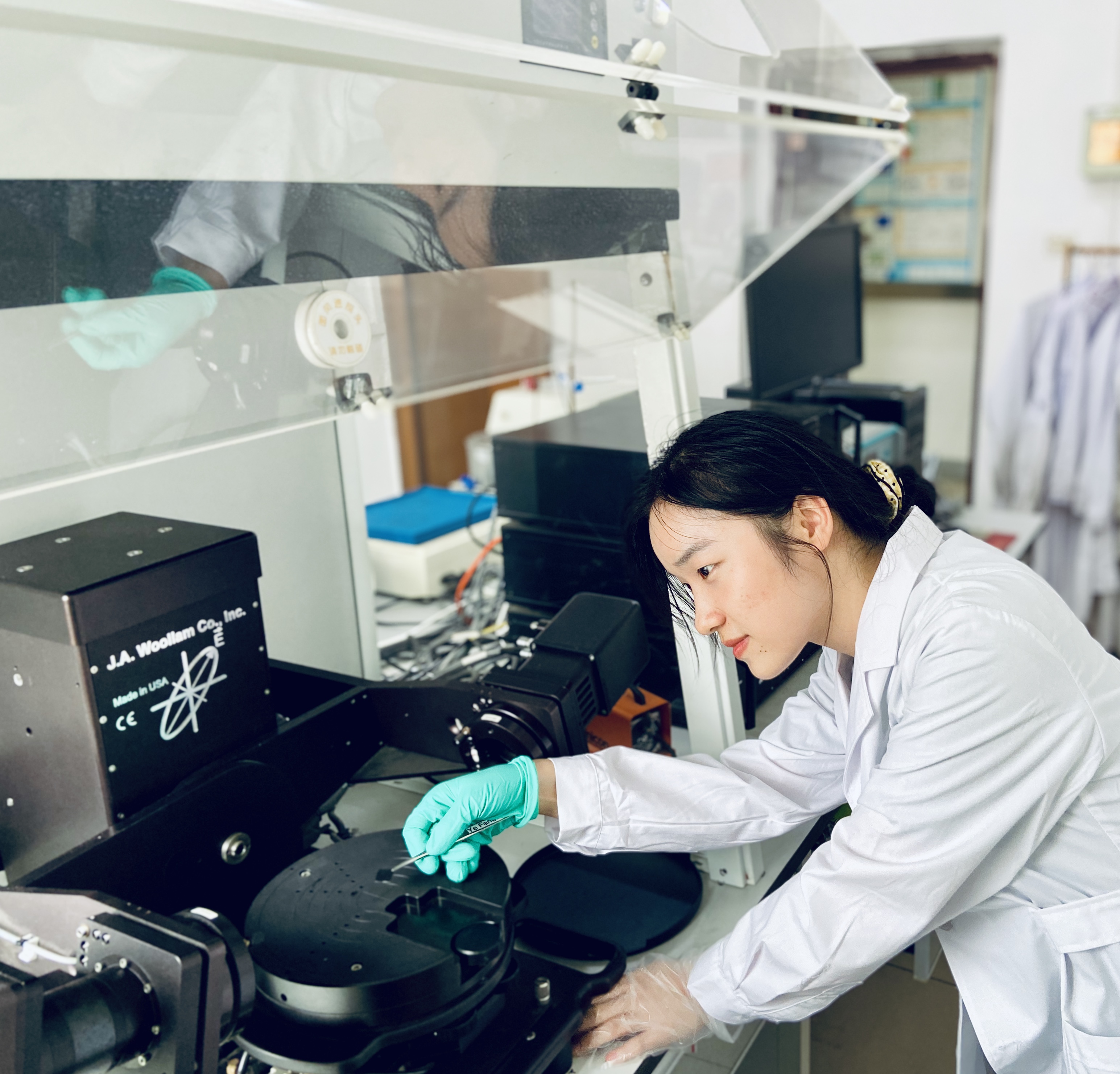
With a total investment of 4.8 billion yuan (nearly $700m), the High Energy Photon Source is one of the most expensive research facilities China has approved. The delay will increase the project's cost. When it opens in 2025, it will be one of the world's most powerful multi-purpose machines to probe the inner structures of materials. “It’s totally understandable if the government feels financially strained under such circumstances,” says Wang.
Wang suggests that one possible solution is to borrow “idle money” from other projects and return it later. However, the team must first secure a set of government permissions. “If we can get a green light on this, the photon source project will probably pull through,” says Wang. He adds that most teams in China may face tighter budgets for the rest of 2020, and possibly beyond, but that the “entire physics community believes the difficulties are temporary and will be overcome”.
Other concerns face Chinese projects that involve international contributions. The Jiangmen Underground Neutrino Observatory (JUNO) that is being built in southern China will aim to measure the mass hierarchies of neutrinos when it comes online by the end of 2021. Researchers expected to receive a liquid scintillator purification system from Italian partners this September, but that could now be delayed. “If the international travel bans remain in place by that time, our team would not be able to go to China and install those plants,” says Gioacchino Ranucci from the National Institute for Nuclear Physics in Milan, Italy, who is the European coordinator of the JUNO consortium. Ranucci notes that their supplier, an Italian company called Polaris, has worked hard to keep up with the schedule even during the lockdown. As the pandemic has eased in China and Europe, Ranucci and his coworkers are now looking for ways to travel to the JUNO site. “We are considering applying for a special permit [from the government],” he says.
Many international projects will almost certainly experience delays. The Space Variable Objects Monitor (SVOM) — a telescope jointly developed by France and China to detect gamma-ray bursts from the most distant explosions of stars — is now running late by at least five months. In January, scientists from the two countries completed the integration and environmental testing of the prototype satellite in Shanghai. They were supposed to meet in Chengdu after that and finish the review for the test. Nevertheless, the team finished the review online during the lockdown.
The launch date has slipped from late 2021 to the first half of 2022, says Bertrand Cordier with the Saclay Nuclear Research Centre in Saclay, France, who coordinated French involvement in SVOM. Now the challenge is building the satellite, and the team has not only encountered delays from suppliers but they cannot go back to the lab to assemble those parts. “For the first part of the flight model test, I’m afraid our Chinese colleagues may need to do it on their own with remote support from us here in France,” says Cordier.
The new “normal”
On 8 April, material scientists Tao Wang was back on the campus of the Wuhan University of Technology for the first time since the coronavirus hit his city. After 76 days of lockdown, citizens of Wuhan were allowed to leave their homes and Wang made a quick trip to the office. His building was quiet and empty, and his desk and laboratory equipment were covered in dust. Only two potted plants managed to survive. Wang and his colleagues were not ready to restart experiments, so they used April and May to catch up with university paperwork due at this time every year. They also finished online interviews with nearly 1000 incoming graduate students.
Wang was relieved that Wuhan, the first and one of the hardest-hit epicenters of the pandemic, seemed to be bouncing back quickly. Citywide testing in the second half of May revealed 300 infections — all asymptomatic — among its 10 million residents. “With scientific evidence, we answered the questions of how the world will see us — and how we should see ourselves when the pandemic is over,” says Wang.
On 8 June, five of Wang’s graduate students were back in his lab. “It’s been five months… we are all thrilled,” says Hui Wang, a PhD student from Wuhan. “The campus is clean and calm as ever, as if we had never been away.” Hui Wang plans to work at the lab throughout this summer and is eager to carry out experiments to test numerical simulations she did during the lockdown on perovskite solar cells. She also says that the lockdown gave her time to think about new research ideas.
Back in Beijing, Huiqian Luo is still waiting for an official permit for his students to come back to the lab — a step that might face further delay because of the June cluster of cases linked to a wholesale food market in the south of the city. For now, his group can remotely conduct experiments using the J-PARC facility in Japan, the Institut Laue-Langevin in Grenoble, France, and the ISIS Neutron and Muon Source in Oxford, UK. “It’s a good way to engage with students when travel is not free,” says Luo. “But I really look forward to seeing them soon.”
Ling Xin was a science reporter for the Chinese Academy of Sciences in Beijing for 12 years. In 2018, she came to Ohio University as an Enlight Foundation Fellow to study journalism. She recently defended her master’s project on communicating basic science at Ohio University. Now working as a freelance science writer, she mainly covers physics, astronomy, space missions, and science policy. Her writing has appeared in Scientific American, Science, and Physics World, as well as in general and specialized outlets in China. Contact Ling at lxin2015@yahoo.com.
This story was produced as part of NASW's David Perlman Summer Mentoring Program, which was launched in 2020 by our Education Committee. Xin was mentored by Robert Irion.
